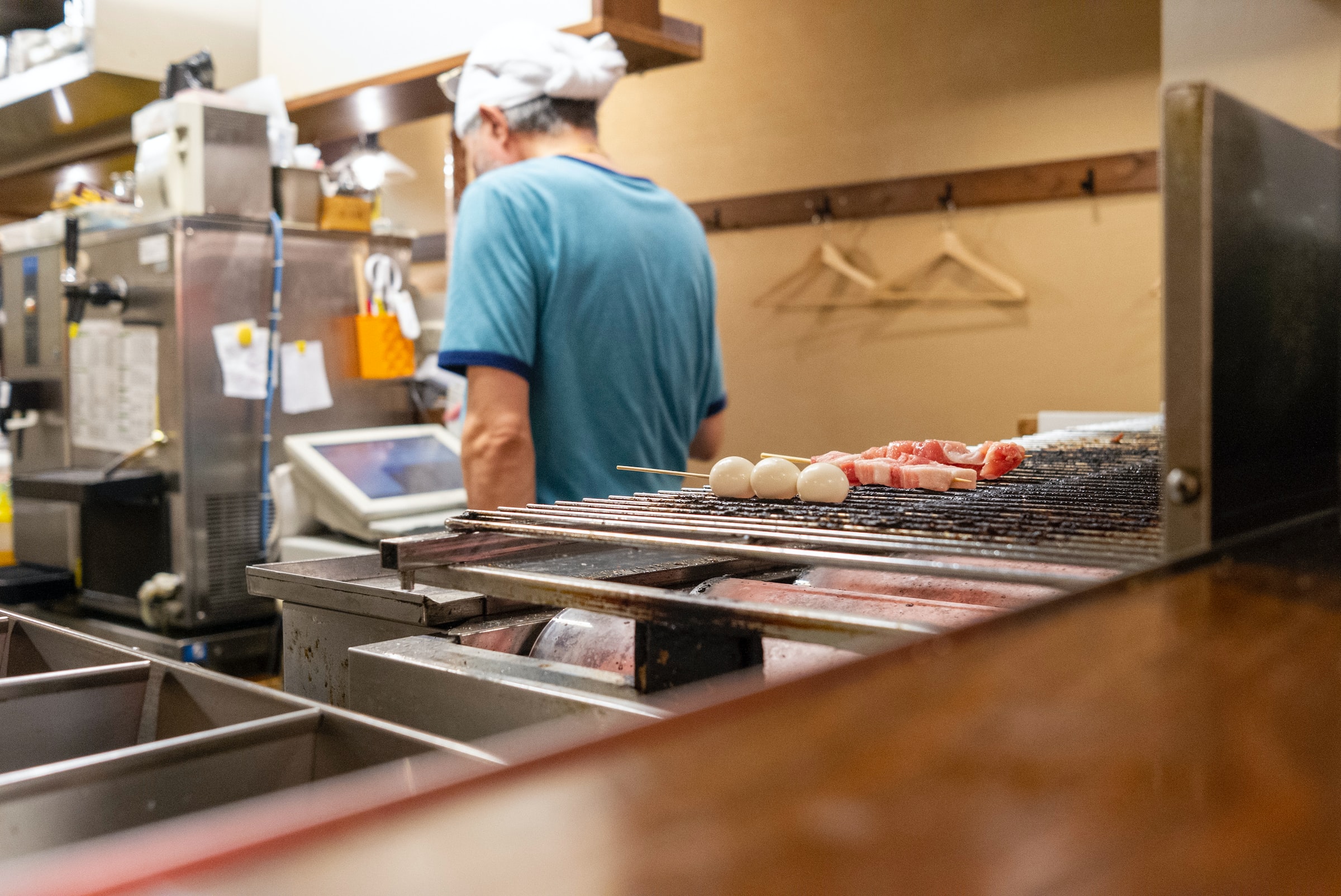Tasty, sweet-salty, and melt-in-the-mouth yakitori skewers have everything to please. Traditionally prepared with chicken, you can also use duck, dumplings, or beef, simply detailed in bite-sized pieces and skewered on mini skewers. All that remains
Tasty, sweet-salty, and melt-in-the-mouth yakitori skewers have everything to please. Traditionally prepared with chicken, you can also use duck, dumplings, or beef, simply detailed in bite-sized pieces and skewered on mini skewers. All that remains is to pan-fry them and coat them with a sauce made of sake, sugar, soy sauce, and mirin, which will caramelize during cooking.
Yakitori is the Japanese word for chicken skewer. It is a simple dish you can find in specialized bars (yakiniku) and on a typical izakaya menu. So it is not only something you will see in food markets or outdoor events. Besides, Yakitori is simple to prepare, but there are some secrets to making this specialty.
This article explains everything you need to know about making Yakitori at home, from selecting the right chicken cutlets to choosing the best sauce. Yakitori is one of the Japanese culinary specialties served everywhere, from izakaya pubs to local supermarkets. So, without further ado, let’s dive into this blog and learn more about Yakitori skewers.
What is Yakitori?

Yakitori is a Japanese hot dish consisting of small pieces of chicken, fish, seafood, or vegetables served on skewers. The word “yakitori” literally translates to “grilled chicken”. This dish is usually served in small portions and eaten with fingers. Being easy to prepare, it is often homemade. But the best way to enjoy it is to go to a Japanese restaurant, like Hanami in Clermont-Ferrand.
What are the ingredients needed to prepare your skewers?
You can use many types of meat, fish, or vegetables to prepare Yakitori. Choose thick skewers to make sure they don’t burn on the grill. These are usually prepared with shiitake mushrooms or asparagus. For the skewers, you will need small bamboo, metal sticks, or “toothpicks”.
How to make a simple marinade for chicken skewers- soy sauce, sake, and mirin.
You can make a simple marinade for chicken skewers with soy sauce, sake, and mirin. For this, you will need:
-
- 1 kilogram of chicken breast, cut into small pieces
-
- 100 grams of granulated sugar.
-
- 20 grams of grated ginger
-
- 1 tablespoon of sesame oil
-
- 1/2 cup of soy sauce
-
- 1/2 cup of sake
-
- 1/2 cup of mirin
-
- 1 tablespoon of sesame seeds
-
- Half a green onion, chopped
How to make authentic homemade Yakitori?
You can make your own Yakitori in a few simple steps:
1. Prepare your ingredients

While the marinade is working, prepare your ingredients. Make sure your chicken pieces are cut into equal pieces so that they all cook evenly. Cut your vegetables like mushrooms, peppers, and onions into thin slices. Cut the chicken into strips.
2. Season your ingredients
Put the ingredients in a container and season them with the spices of your choice.
3. Marinate your ingredients
Place the ingredients in a large bowl and mix in your marinade sauce to cover them.
4. Skewer your ingredients
Once the ingredients are marinated, place them on skewers and leave them in the marinade as long as possible before cooking them.
5. Grill your ingredients
Once the grill is hot, brush the grates with oil. Place the skewers on the grill, leaving a little space between them, so they don’t touch. Check your Yakitori after a few minutes. Use tongs to move the Yakitori to a cooler part of the grill if you see any burn marks.
What should you serve with your Yakitori?

Depending on the type of Yakitori you are serving, there are different types of side dishes you can pair with your skewers. For example, a light salad such as a mizuna salad. An edamame salad goes well with a shio (salt) or tare (sauce) yakitori. A ginger salad goes well with su (sugar) or shio shu (salt and sugar) yakitori.
Sound off in the comments section below, and tell us what you want to read next and if you want to read more about Yakitori.

